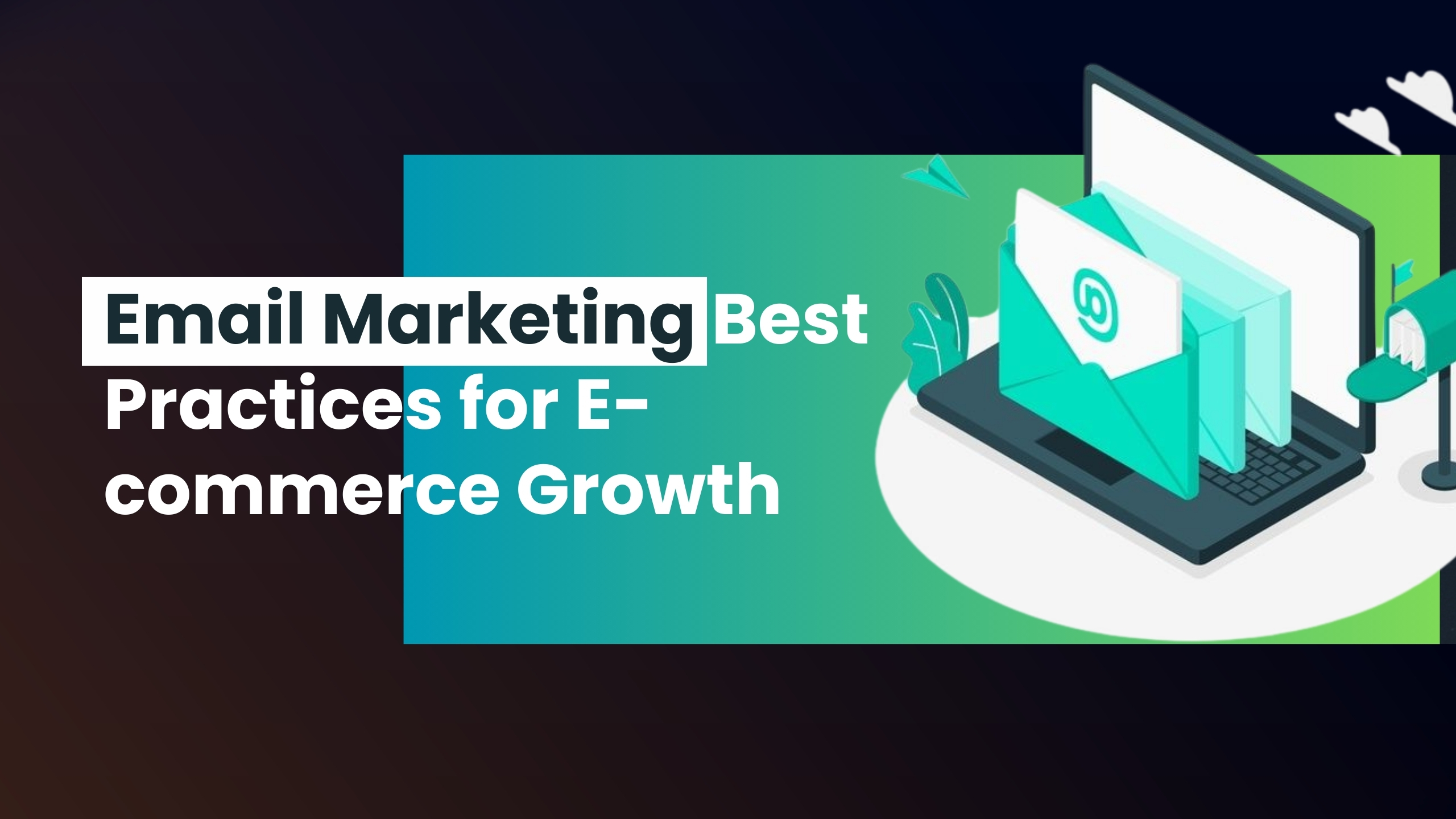Email Marketing Best Practices for E-commerce Growth
Email marketing remains one of the most powerful tools for e-commerce businesses, providing direct access to customers and driving engagement, conversions, and brand loyalty. According to a 2021 report by DMA, email marketing generates an average ROI of $42 for every $1 spent, making it a must-have strategy for e-commerce success. Implementing best practices ensures your email campaigns are effective and yield maximum results.
- Build a High-Quality Email List
A strong email marketing strategy starts with a well-curated email list. Focus on:
- Opt-in subscriptions through website pop-ups, checkout pages, and social media.
- Lead magnets such as discounts, free guides, and exclusive offers to encourage sign-ups.
- Regular list cleaning to remove inactive subscribers and maintain engagement.
A case study by HubSpot found that businesses that use targeted lead magnets experience a 50% increase in email sign-ups compared to those without.
- Segment Your Audience for Personalization
Personalized emails have higher open and conversion rates. Effective segmentation includes:
- New vs. returning customers to tailor messaging.
- Purchase history-based recommendations for relevant product suggestions.
- Demographic and behavioral targeting for optimized engagement.
Retail brands that personalize email campaigns see a 29% higher email open rate and a 41% increase in click-through rates, according to Campaign Monitor.
- Craft Compelling Subject Lines & Content
First impressions matter. Ensure your emails are opened with:
- Short, engaging subject lines that create curiosity.
- Personalized greetings using customer names.
- Concise, value-driven content with a clear call-to-action (CTA).
Example: Instead of "Our New Collection is Here!", try "[First Name], Exclusive Access to Our Latest Collection!"
- Automate Your Email Campaigns
Automation streamlines your efforts and ensures timely communication. Key automated emails include:
- Welcome series to introduce your brand and offer incentives.
- Abandoned cart reminders to recover lost sales.
- Post-purchase follow-ups for upselling and gathering reviews.
Popular email marketing platforms like Mailchimp, Klaviyo, and HubSpot offer automation features that can significantly enhance customer engagement.
- Optimize for Mobile Devices
With a significant portion of emails opened on mobile, ensure your emails are:
- Mobile-responsive with clear formatting.
- Easy to read with concise content and larger fonts.
- Clickable buttons and links for smooth navigation.
- A/B Test and Analyze Performance
To maximize success, continuously test and optimize campaigns by:
- Testing subject lines, CTAs, and email designs.
- Analyzing open rates, click-through rates, and conversions.
- Adjusting strategies based on insights and performance metrics.
According to Litmus, businesses that perform A/B testing on their emails improve their conversion rates by up to 49%.
- Ensure Compliance and Avoid Spam Filters
Maintain a reputable sender status by:
- Complying with GDPR and CAN-SPAM regulations.
- Providing easy unsubscribe options to maintain trust.
- Avoiding excessive promotional language that triggers spam filters.
Conclusion
Email marketing is a game-changer for e-commerce growth when done right. By focusing on segmentation, personalization, automation, and continuous optimization, businesses can build stronger customer relationships, increase engagement, and drive revenue. Implementing these best practices, along with leveraging automation tools and A/B testing, will help your e-commerce brand thrive in a competitive market. Start refining your email marketing strategy today!

